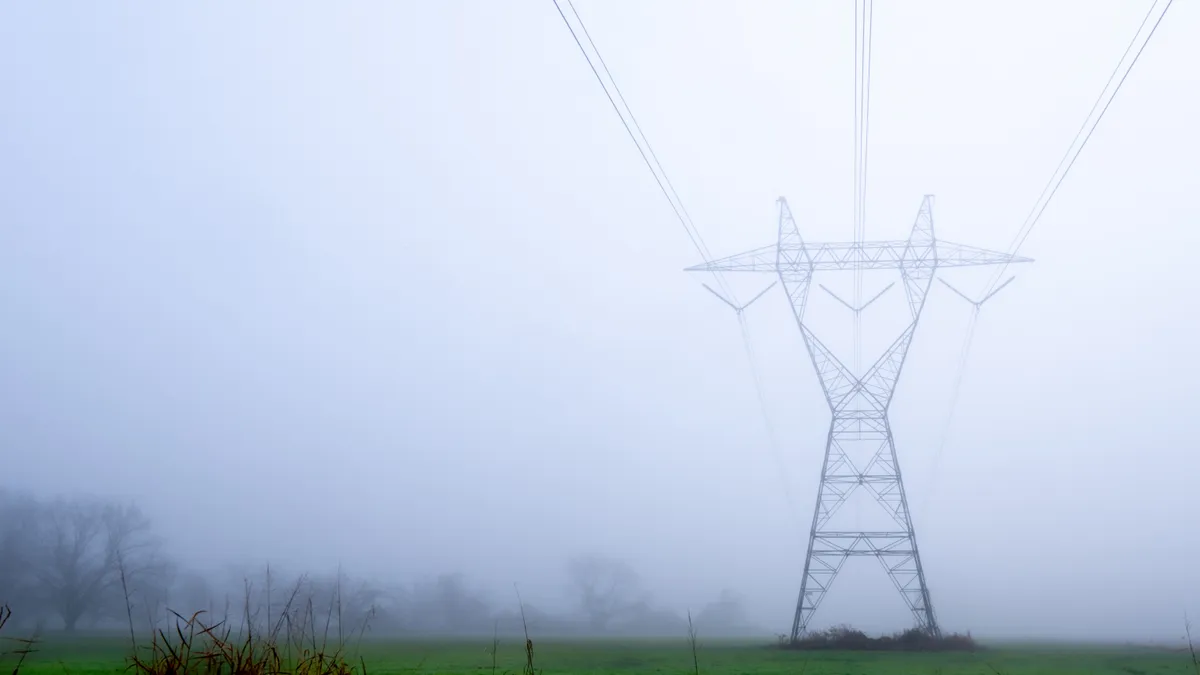Dive Brief:
-
Groups representing industrial customers on Wednesday urged the Federal Energy Regulatory Commission to reject proposed incentives for transmission projects to be built by NiSource’s Northern Indiana Public Service Co., partly because an LS Power subsidiary is seeking less extensive incentives for a similar project.
-
NIPSCO asked to receive two incentives – “construction work in progress,” called CWIP, and the ability to recover its costs if a project doesn’t come online – for the transmission lines, expected to cost $280 million. Republic Transmission, owned by LS Power, only seeks the abandonment incentive and would build its project with a lower return on equity and a lower equity percentage in its capital structure, the groups said in a filing at FERC.
-
“Republic, a non-incumbent developer without the benefits of incumbency, a preferential regulatory regime, and captive customers like NIPSCO, tends to operate with higher risk than an investor-owned public utility like NIPSCO,” the groups said. “Accordingly, it is counterintuitive that a company operating with more risks needs fewer incentives than the investor-owned utility operating with less risk.”
Dive Insight:
The dispute at FERC centers on transmission projects in Indiana that grew out of the Midcontinent Independent System Operator’s $10.3 billion tranche 1 of its Long Range Transmission Planning process.
States and consumer advocates have already kicked off debate about how to protect consumers during an expected build-out of the transmission system.
Also, FERC is considering sharply narrowing its 0.5% ROE adder utilities receive for being members of regional transmission organizations and ending the CWIP incentive under a pending transmission planning and cost allocation proposal.
In mid-May, NIPSCO, based in Merrillville, Indiana, asked FERC to approve incentives for its two planned transmission projects that are the same as previous ones granted to the utility by the agency.
The incentives will ensure that NIPSCO can build the projects on “reasonable financial terms that will serve to protect ratepayers,” the utility said. Without the CWIP incentive, for example, the projects would put pressure on NIPSCO’s cash flow because it would have to wait until the projects are operating to recover their costs, the utility said.
The groups challenging NIPSCO’s proposed incentives – the Coalition of MISO Transmission Customers, the Illinois Industrial Energy Consumers, Association of Businesses Advocating Tariff Equity and the Wisconsin Industrial Energy Group – represent industrial companies that use large amounts of electricity.
They contend that the Republic proposal shows that NIPSCO’s requested incentives are unjust.
NIPSCO’s transmission rates are based on a 10.52% ROE, which includes a bonus for being a MISO member, and an equity percentage of 58% in its capital structure. In contrast, Republic would receive a 9.8% ROE with equity making up 45% of its capital structure, the groups told FERC. Also, the ROE will be reduced if the roughly $77 million project is delayed.
The groups urged FERC to dismiss NIPSCO’s argument that the CWIP incentive is needed to support its cash flows.
“If NIPSCO is concerned about cash flows, NIPSCO should have passed on the opportunity to develop long-range regional projects,” the industrial customer groups said.
The utility failed to show that taking on additional debt could hurt its credit ratings and lead to higher capital costs that are passed on to customers, the groups said. NIPSCO also failed to support its argument that receiving CWIP would prevent customer “rate shock,” especially when the projects’ costs will be spread across MISO’s northern and central regions, they said.
If FERC approves NIPSCO’s incentive request, it should be contingent on the outcome of the agency’s proposals to eliminate CWIP for transmission projects that have their costs spread across regions and on the proposal to effectively end the ROE adder for utilities that are already RTO members, according to the industrial customer groups.















